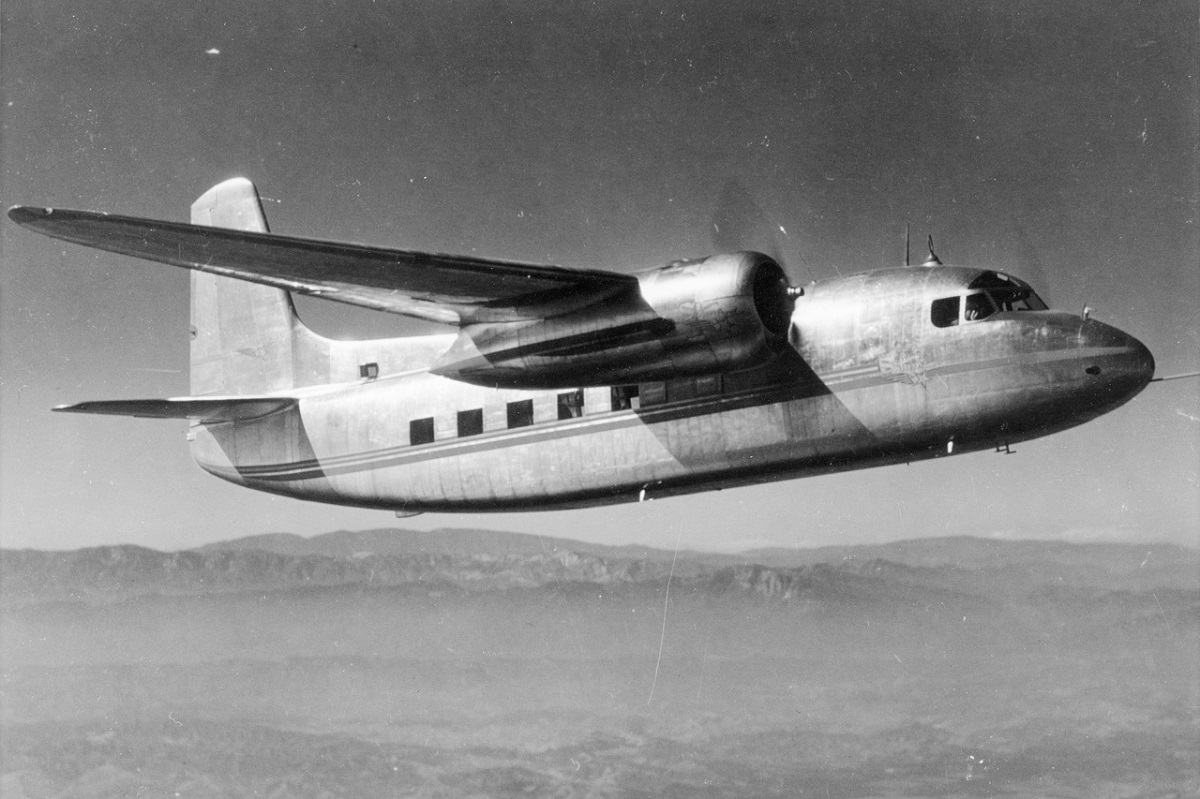| Lockheed Model 75 Saturn | Photo Gallery | ||
|---|---|---|---|
 |
|||
|
With World War II turning in favor of the United States in 1944, Lockheed was looking towards the future for the need other commercial types to supplement the anticipated success of the Lockheed Constellation. Initial work began on the Lockheed Model 75 Saturn which was led by Don Palmer and later by F. A. Smith. The Saturn was designed to be a high-wing, twin-engine, feeder-liner with a capacity of 14 passengers with a top speed of 228 mph (367 km/h). It would be capable of taking on passengers and cargo without ramps or stairs, making it suitable for small-town airports with limited facilities. In the autumn of 1944 in Chicago at the International Air Conference, Lockheed unveiled the Lockheed Saturn to the air transport industry, airlines and prospective airlines being organized in the USA by investors and airmen. Reception for the design was positive and conditional orders were made for 500 aircraft at $85,000 each. The first flight was flown from the Lockheed Air Terminal on June 17, 1946 by Rudy Thoren and Tony LeVier. Initial trials revealed a bad stall condition and cooling problems with the 600 hp Continental GR9-A nine-cylinder engines. A strake was installed on the wing leading edge to control stalling problems and the engines were replaced with 700 hp Wright 744C-7BA seven-cylinder engines. The first flight of the Wright powered engines was on August 8, 1947 with the modifications proving to be satisfactory. New regulations for performance required clearing a 50 ft (15 m) obstacle on one engine and close attention was taken to reduce maintenance requirements and maximizing efficiency. The aircraft thus became over-engineered, and by the time the design was completed, the selling price had risen to $100,000. Despite lower operating costs and ease of maintenance, the high initial cost of the Saturn could not compete with the glut of WW2 surplus aircraft coming onto the market after the war ended. 8-seat Beech C-45s were selling for $3,500, and 28-seat Douglas C-47s for $25,000/$30,000. Lockheed decided to terminate the project and was able to take a tax write-off of $6 million. Only two protypes were built and were scrapped in early 1948. |
|||
Return To Gallery Index.
© The Aviation History On-Line Museum.
All rights reserved.
Posted December 22, 2022.